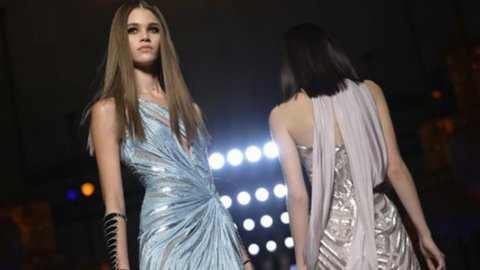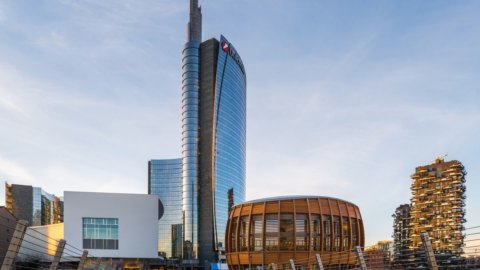Twenty companies alone move 97% of the total value of fashion. In figures it means that these twenty giants, nine of which are European and all listed on the stock exchange, today represent around 25 billion dollars in economic profit. A real record, if we take into account the fact that in 2010 the percentage was equal to 70%.
These are the data contained in “The State of Fashion 2019”, the new report created by The Business of Fashion (BoF) and McKinsey & Company which however also provides other important indications for the near future.
In detail, a historic overtaking will take place in 2019: Greater China will overtake the United States becoming the first world fashion market. Not only next year the growth of the fashion industry, after the records of the last two years, is expected to slow down to 3,5-4,5% in 2019, slightly below the previous year's estimates (4-5 %).
FASHION: THE 20 GIANTS WHO DOMINATE THE INDUSTRY
On the podium of the "super winners" we find two European giants and one American. Together they are worth over 9 billion in economic profit according to McKinsey data updated to 2017.
Firm on the first step of the podium there is Inditex, a Spanish multinational founded by Amancio Ortega, former president of the company, with 4 over 4 billion in profits in 2017. To many, the name of this company will say little, but if we mention the brands that control the music, it changes: the main brand of the chain is Zadar. Then there are: Zara Home, Bershka, Stradivarius, Pull and Bear, Massimo Dutti, Oysho, Uterqüe, Tempe and Lefties. Practically almost all of the international franchises.
The company that occupies second place needs no introduction: Nike with 2,996 billion in profits. Closes the podium lvmh with 2,332 billion. Again, a result that is not surprising, given the list of subsidiaries: Acqua di Parma, Belvedere, Bulgari, DKNY, Fendi, Givenchy, Kenzo, Le Parisien, Les Échos, Loro Piana, Céline, Louis Vuitton, Moët & Chandon, Sephora, TAG Heuer.
Wooden medal for TJX Companies, US company of household goods and clothing based in Framingham (Massachusetts) WITH 1,972 billion, fifth position for Hermès (1,345 billion), sixth for H&M (1,281 billion). Seventh place for Switzerland Richemont (1,072 billion), with brands such as Cartier, Van Cleef & Arpels and Montblanc which this year was also joined by the Italian Yoox Net-A-Porter Group. They close the top ten Ross (1,061 billion), Adidas (1,059 billion) e Kering (943 billion).
From 11th to 20th place we find instead:
- L Brands
- Pandora
- Fast Retailing
- Next
- VF
- Luxottica
- Michael Kors
- Gap
- Hanesbrands
- Burberry
From a geographical point of view, 12 out of 20 holding companies are European, the only Italian one is Luxottica which however has become half French. It should be emphasized that contributing to the success of these giants are many brands that have made the history of Italy and which have gradually passed into foreign hands. For the rest, 7 companies are US, one (Fast Retailing) is Japanese.
FASHION IN 2019: GROWTH SLOWS DOWN
According to McKinsey, 2019 will be the year of “self-disruption” for the fashion industry. In fact, next year, China will become the world's leading fashion market, overtaking the United States for the first time. A setback that, certainly, President Donald Trump will not like.
But let's go ahead. McKinsey analysts estimate a growth between 3,5 and 4,5 percent in 2019, a growth that however will be "polarised".
"Most of the managers interviewed in the various segments and geographical areas - reads the report - maintain a cautious view, citing 'volatility, uncertainty and changes in the global economy' among the main concerns for 2019".
Underlying this vision is not only the emergence of new trade policies – first of all the tariff war between China and the USA – but also the slowdown in global economic growth and, obviously, Brexit.
"The optimism is limited to some markets, particularly to North America and the luxury segment, driven by the solid performance in 2018,” says Imran Amed, founder and director of BoF. “But they mustn't loosen their grip, given that the market continues to be characterized by radical changes in the world economy, in consumer behavior and in the fashion system itself”.
“If we look at the segments, just value and luxury will perform solidly in 2019, growing between 5-6% and 4,5-5,5% respectively. The value will be driven mainly by realities with proposition very strong that will outperform mid-market players. Instead, the growth of luxury will be driven by the rapidly growing economies of Asia-Pacific and the boom in world travel,” says Antonio Achille, senior partner and global head of luxury at McKinsey.





